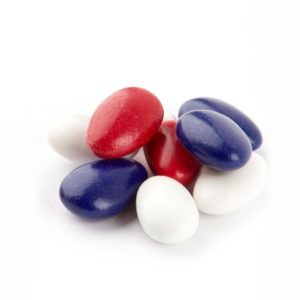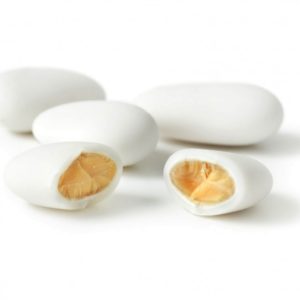Acacia gum (gum Arabic), exhibits versatile rheological properties that make it valuable in food, pharmaceutical, and cosmetic formulations.
Flow Characteristics
Acacia gum solutions display Newtonian flow behavior at concentrations below approximately 40% w/v, meaning viscosity remains constant regardless of shear rate.
At concentrations above 40%, the solution transitions to pseudoplastic (shear-thinning) behavior, where viscosity decreases with increasing shear rate.
pH sensitivity: Viscosity increases as pH rises from acidic levels up to around pH 6, after which it gradually decreases toward pH 12, indicating structural changes in the gum matrix.
Compatibility and Functionality
Acacia gum blends well with other hydrocolloids, enhancing suspension, stabilization, and emulsion stability, especially at higher concentrations.
Its low viscosity at moderate concentrations allows for easy incorporation into complex formulations without compromising texture or flow.
Water-Holding Capacity of Acacia Gum
Water-holding capacity (WHC) refers to a material’s ability to retain water against gravitational forces and interactions with other food components.
Acacia gum demonstrates a WHC of approximately 35%, making it suitable for moisture retention in various food systems.
In frozen products, this property helps prevent the formation of ice crystals during storage, contributing to a smoother texture and improved sensory quality.









